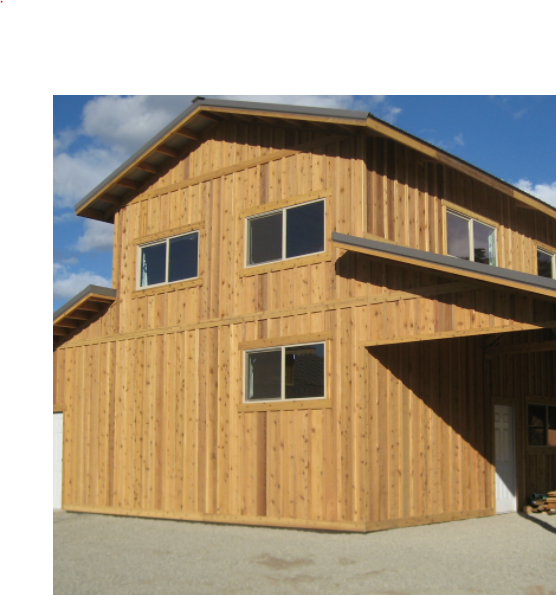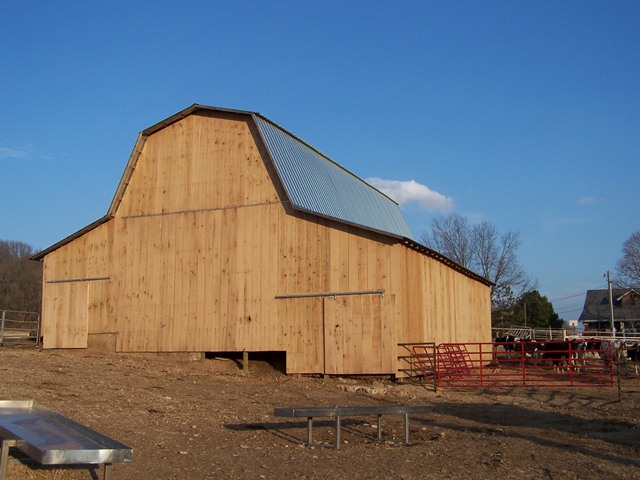Replacing Rough Sawn Wood Siding

The ends of rough sawn boards often contain checks cracks.
Replacing rough sawn wood siding. Use a putty knife to apply exterior wood putty to smaller cracks or holes in siding. We used rough cut hemlock for siding on our home. You can also easily remove and replace damaged parts saving you again on costly repairs. Wood is readily available and easy to install even when you have basic carpentry skills.
That means that if you need two finished 4 ft. We installed the boards like clapboard siding. Many homeowners save from installation costs by installing their own wood siding. For more expensive materials such as wood fiber cement and stucco you should expect to pay 12 000 to 23 000 for installation on an average sized home.
Step 2 follow the manufacturer s instructions regarding dry time. If your rough sawn wood has been stained not painted steps 2 and 3 should be all you need to use. Become an sd sails trade partner they are experts in tensile canopy design fabrication. Easy instructions on replacing your rotten siding.
So plan on discarding several inches on each end of every board. Normally step 6 is for painted rough sawn lumber but large cracks on stained trim can be sealed using colored paintable caulking that approximated the stain color. Rough sawn lumber is a traditional siding material that remains a practical and affordable option for modern homeowners. That was 25 years ago.
We stained the boards prior to installation on both sides that keeps the boards from cupping. For cheaper siding materials such as vinyl and engineered wood siding you can expect to pay 6 000 to 13 000 for installation on an average sized home. Some checks are obvious but some you won t discover until you cut the board near the end. Boards for your project buy a 10 ft.
The fastest way to complete the job is to use a brush to cut in or paint. We found that using a semi transparent stain worked well. A brush is better at getting into corners but a roller is better at pushing paint into the rough surface of the wood. We also put stain on the cuts that were made to seal the ends of the boards.


















